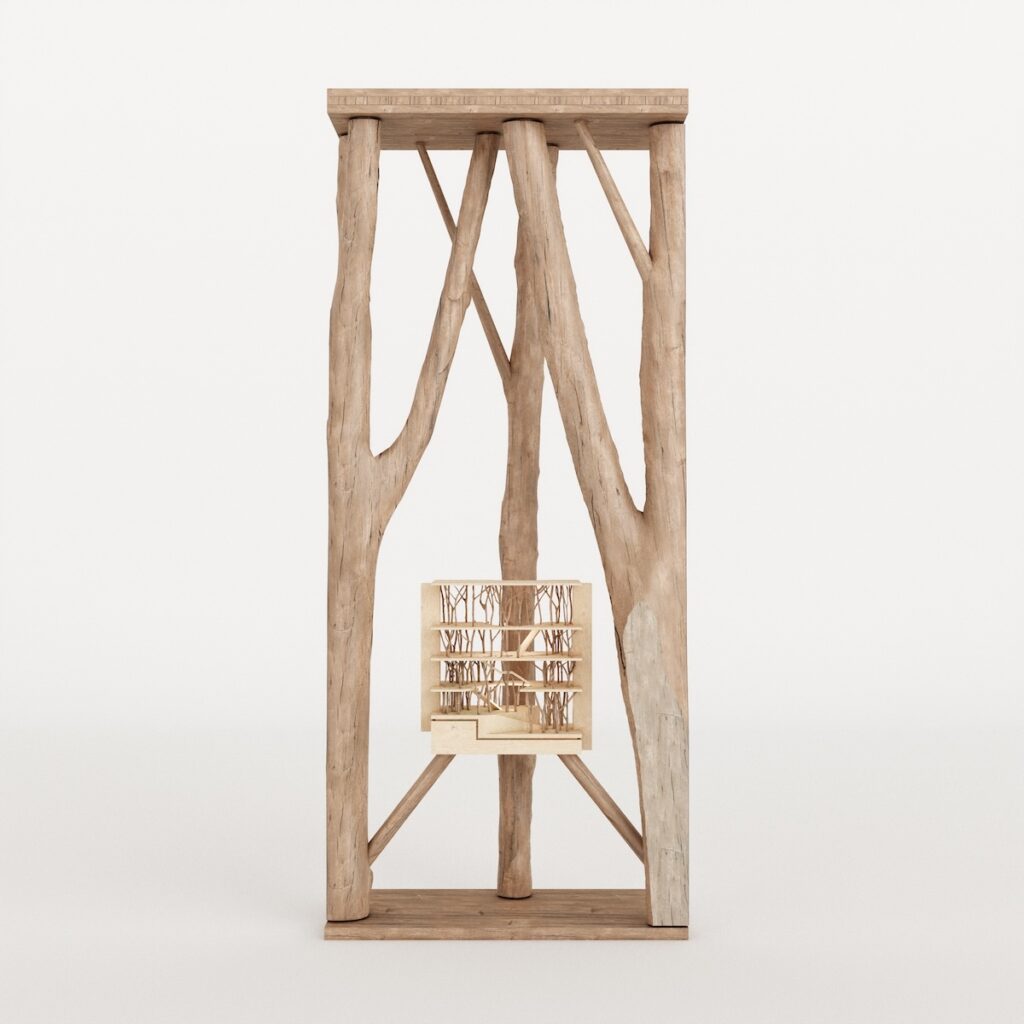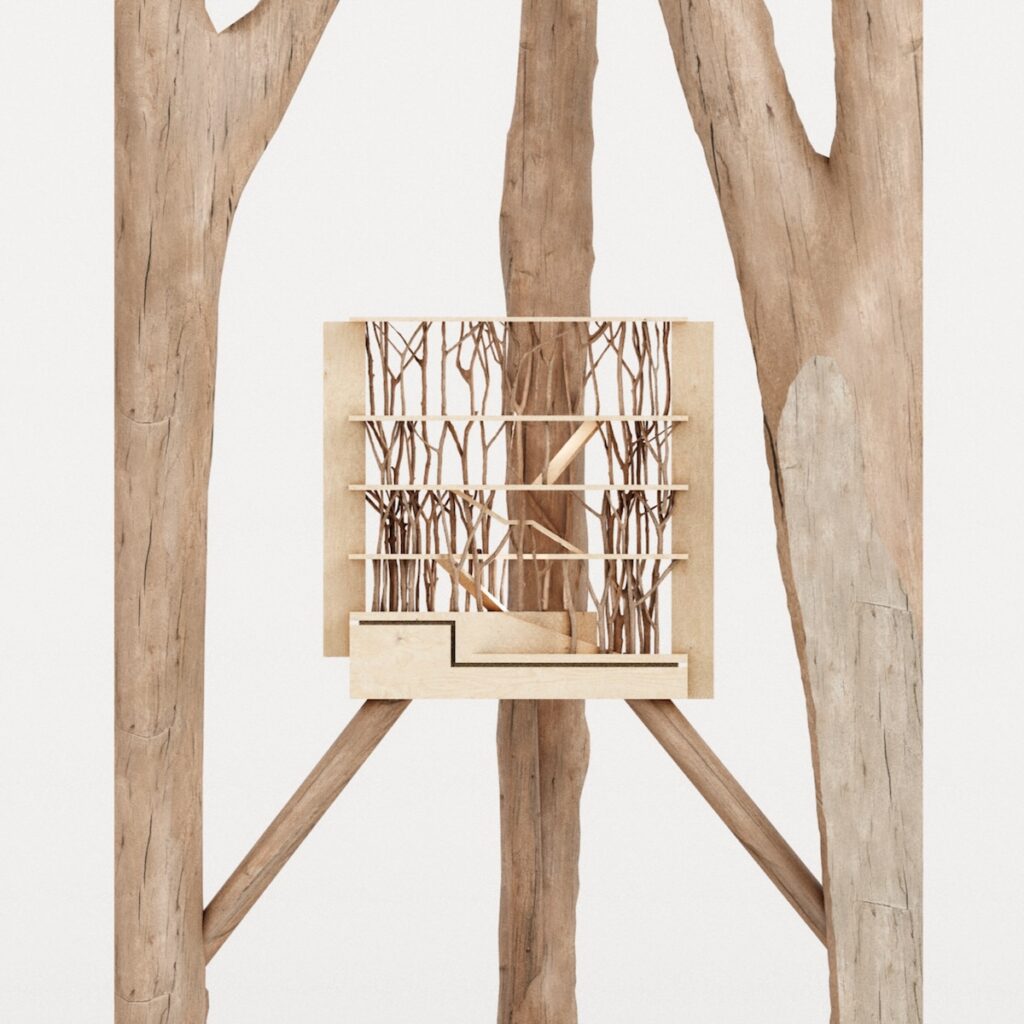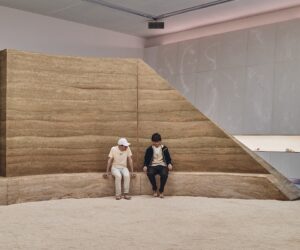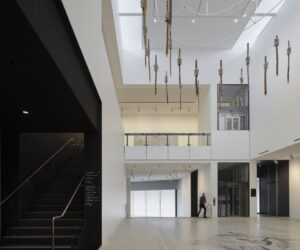TREE FORM at the Venice Biennale: MIT Researchers & WholeTrees Reimagine Architecture
MIT researchers and WholeTrees Structures will debut TREE FORM at the 2025 Venice Architecture Biennale—an experimental installation that explores how unmilled trees can become high-performance structural systems in contemporary architecture.
At the 2025 Venice Architecture Biennale, the TREE FORM exhibit will showcase a breakthrough research and design initiative led by MIT researchers Caitlin Mueller (PhD), and Sheila Kennedy (FAIA), in collaboration with WholeTrees Structures and the KVA Matx team. The project investigates how whole, unmilled trees can be integrated into contemporary architecture as engineered structural systems. Presented at Berggruen Arts & Culture Foundation’s Palazzo Diedo, TREE FORM integrates emerging 3D scanning, algorithmic design, and automated engineering analysis techniques to transform irregular, underutilised wood—such as tree forks and branching trunks—into high-performance architectural spaces and structures.
As part of MIT’s broader Climate Work exhibition, which explores architecture’s role in addressing climate change, TREE FORM reflects the Biennale’s 2025 theme Intelligens. Natural. Artificial. Collective. The project demonstrates how the structural intelligence of trees—shaped over millennia of natural adaptation—can be unlocked through computational design and digital workflows developed at MIT. This approach invites new ways of designing with nonstandard materials, embracing irregularity as a resource rather than a constraint.
The construction industry is a major contributor to global emissions, in part due to inefficient material use. Many tree branches and forks—despite their structural integrity—are discarded because they do not conform to standardised dimensions. TREE FORM challenges this norm, proving that natural tree forms can be incorporated into architectural design and engineering, reducing material waste and embodied carbon.
By combining WholeTrees’ industry leadership in scaling natural round timber with MIT’s expertise in computation and sustainable design, the TREE FORM exhibit demonstrates how trees, as inherently strong and complex structural systems, can be leveraged in architecture.
“Trees are incredible structural systems whose strength and beauty both derive from their complex branching forms,” says Caitlin Mueller, Associate Professor at MIT and Director of Digital Structures. “Their use in buildings can transform the standardised material palette of architecture to create new spatial conditions and efficient force flows, if their irregularity is harnessed as an asset rather than a liability. Through advanced digital design techniques and thoughtful automation, we aim to upscale the use of materials like branching trees in the ODDS & MODS program at MIT. Collaborating with WholeTrees, an industry pioneer in this space, is a unique opportunity to advance these shared goals collaboratively.”
TREE FORM introduces a new paradigm for integrating wild wood into a model for contemporary architecture, integrating digital inventories, computational structural modelling, and algorithmic optimisation to bridge the gap between natural material intelligence and high-performance building systems. Using photogrammetry, the MIT researchers and WholeTrees are creating a Digital Wild Wood Inventory—a cloud-based repository cataloguing nonstandard timber geometries. The MIT digital workflow integrates finite element analysis to assess structural performance and allows for precise architectural design that matches and maps tree geometries to support a wide range of architectural building typologies. This computational workflow enables the development of material-aware design processes that embrace the unique properties of each tree form and species, rather than forcing them into standardised grids and structures. Intelligent shop drawings, tree scanning tags and flexible jigs produced for this exhibit facilitate the fabrication and assembly process, guiding fabricators in positioning and joining irregular timber elements with precision and efficiency.
Future research at MIT will explore how digital twin matching can link specific trees with unique geometric and material properties to architectural designs, ensuring that the structural potential of each natural form is fully realised. The installation at the Venice Biennale offers a glimpse into these possibilities. Both a research platform and a working model for the future of sustainable construction, TREE FORM offers a blueprint for a future where natural materials, computation, and design intelligence work together to create more resilient, carbon-sequestering, and aesthetically compelling structures.
Sheila Kennedy, FAIA, MIT Professor and Principal of KVA Matx, highlights the conceptual shift TREE FORM introduces: “TREE FORM offers an improvisational yet precise approach to architectural design. By embracing the diversity of trees in their varying natural forms—the lowest carbon-emitting spatial and structural system available—architects can collaborate with trees and shift the material culture of wood away from a uniform, industrial-era extractive product. Architecture can move from the 1914 ‘free plan,’ which introduced standardised industrial structures, to a tree plan that is regenerative, intelligent, and forward-looking.”
More information: wholetrees.com/biennale




